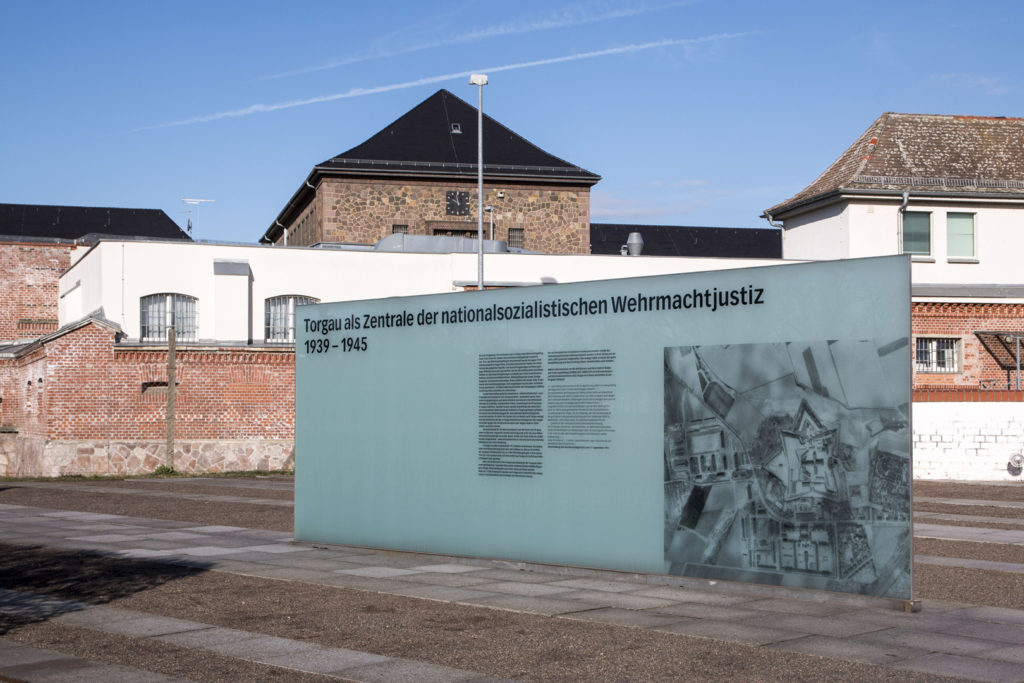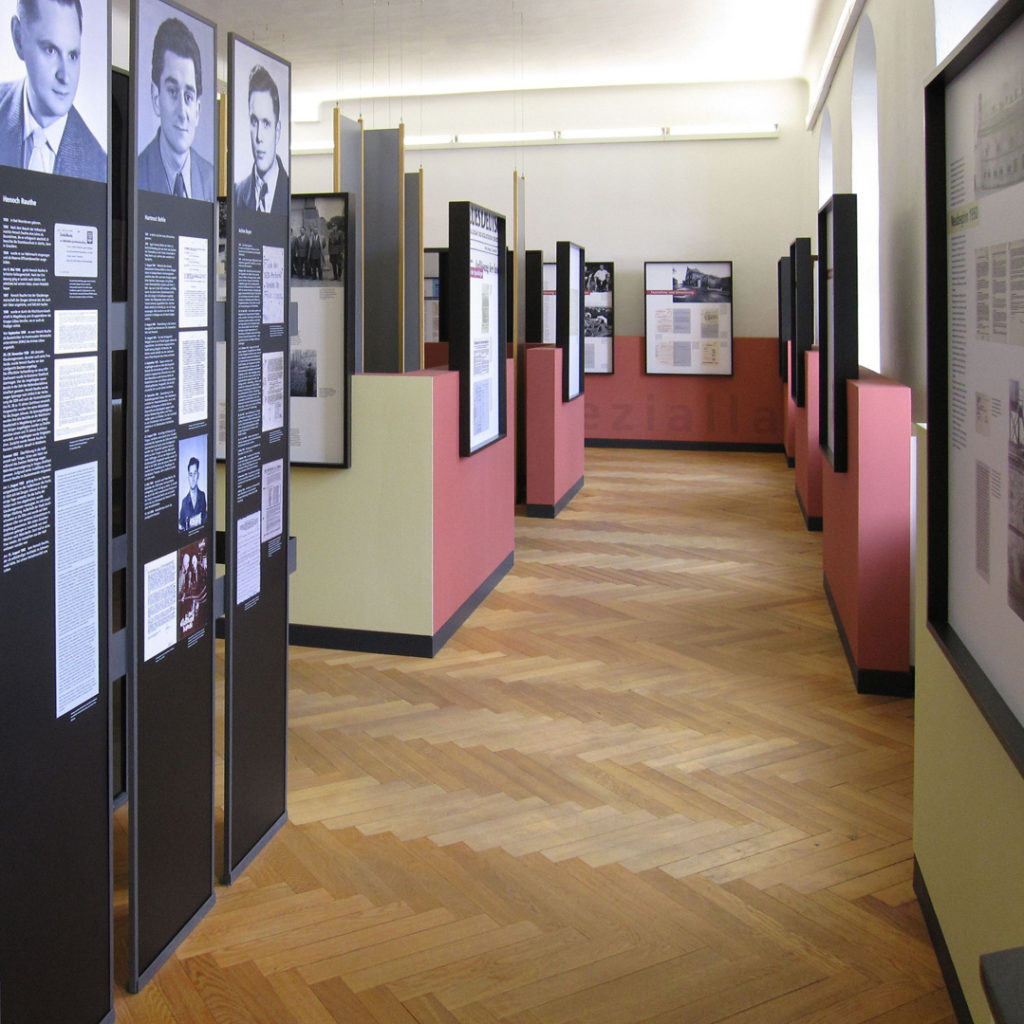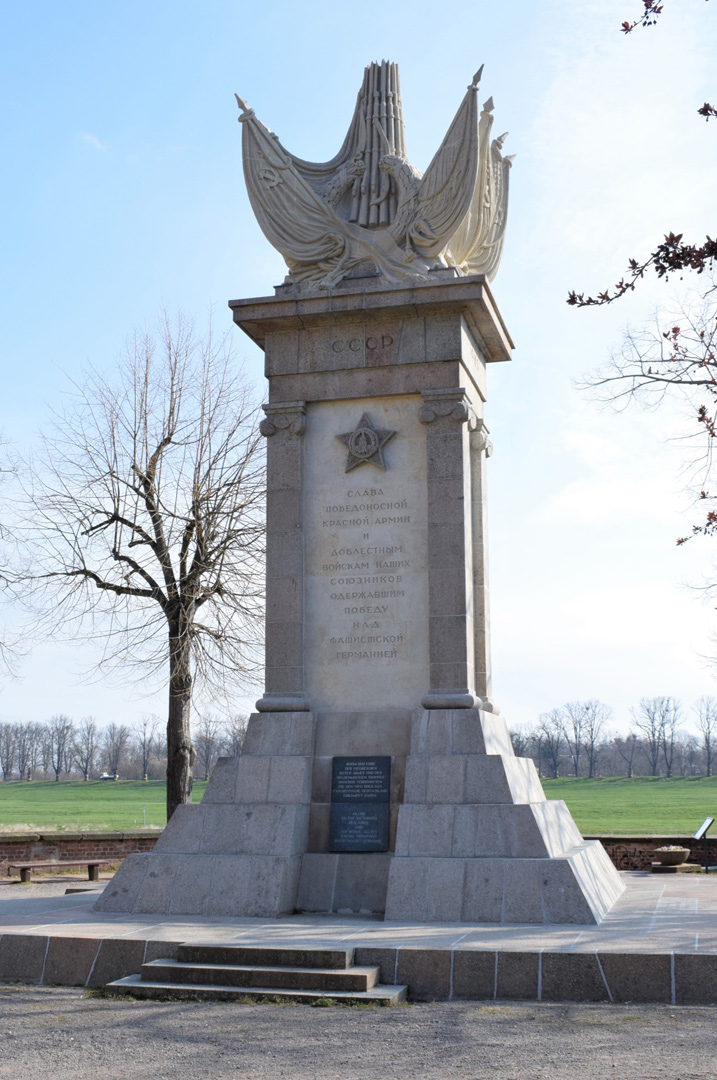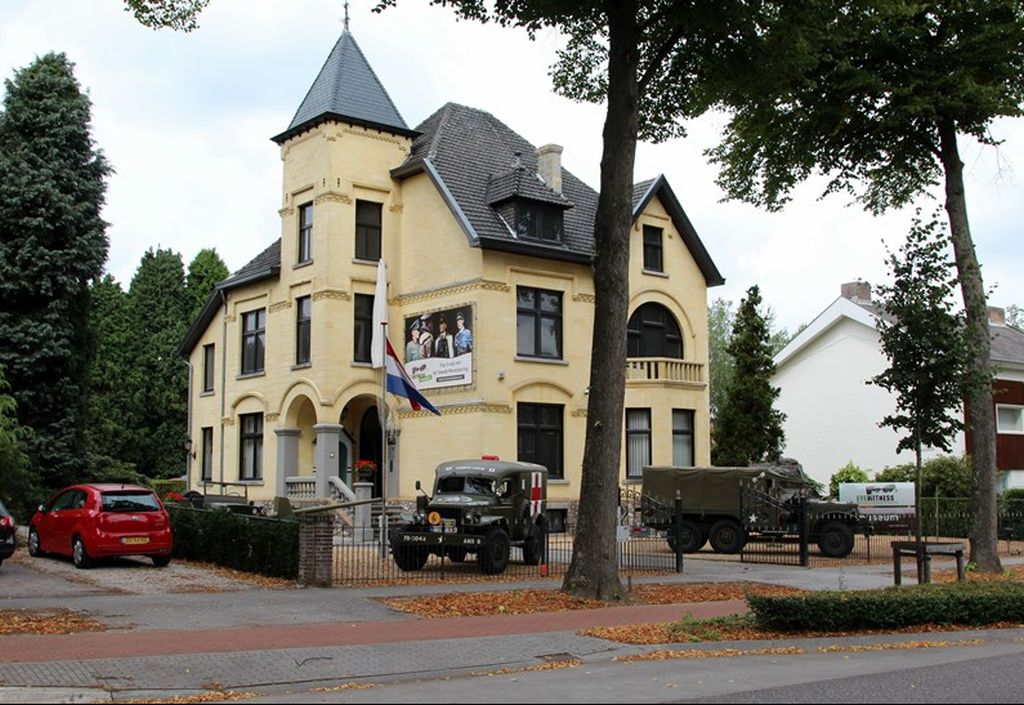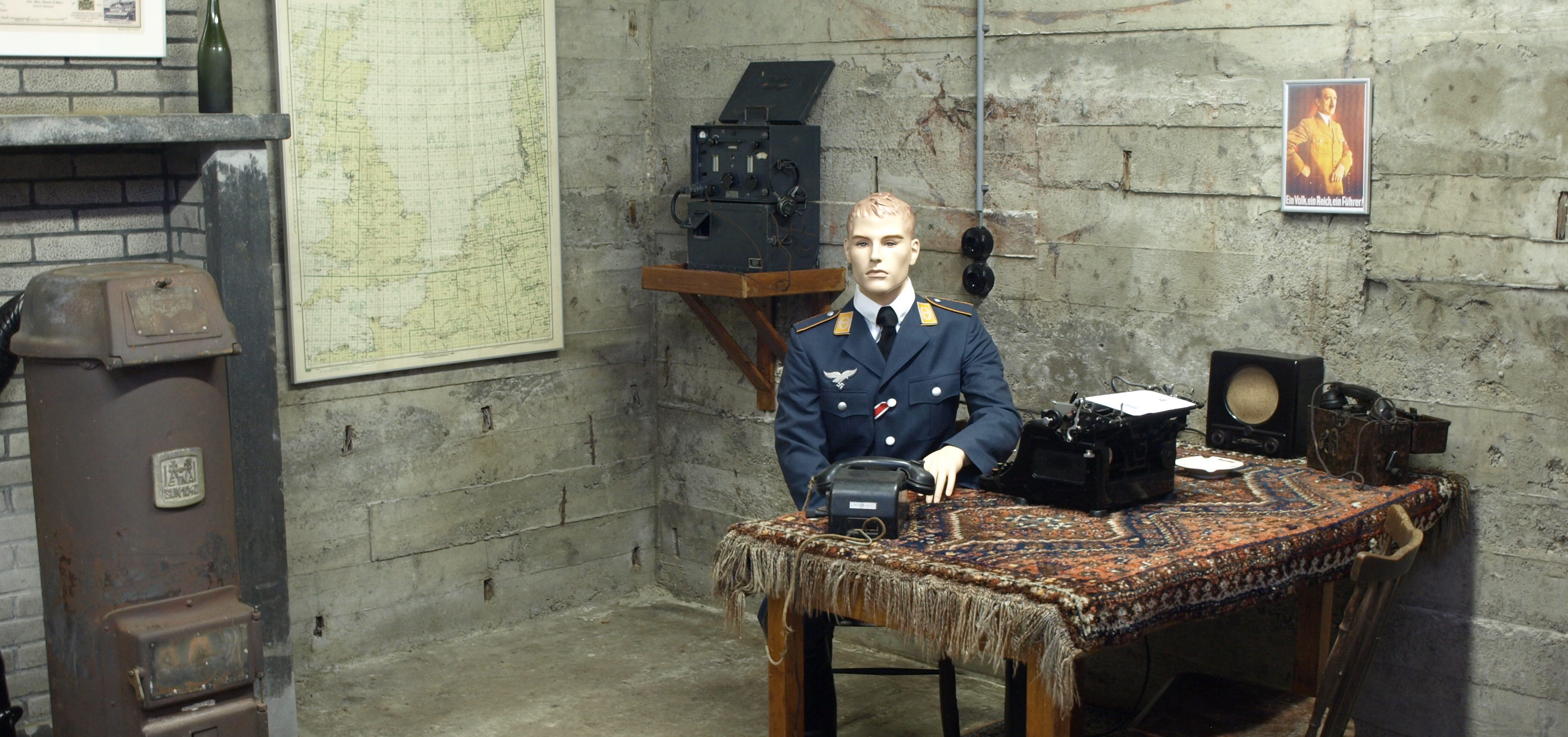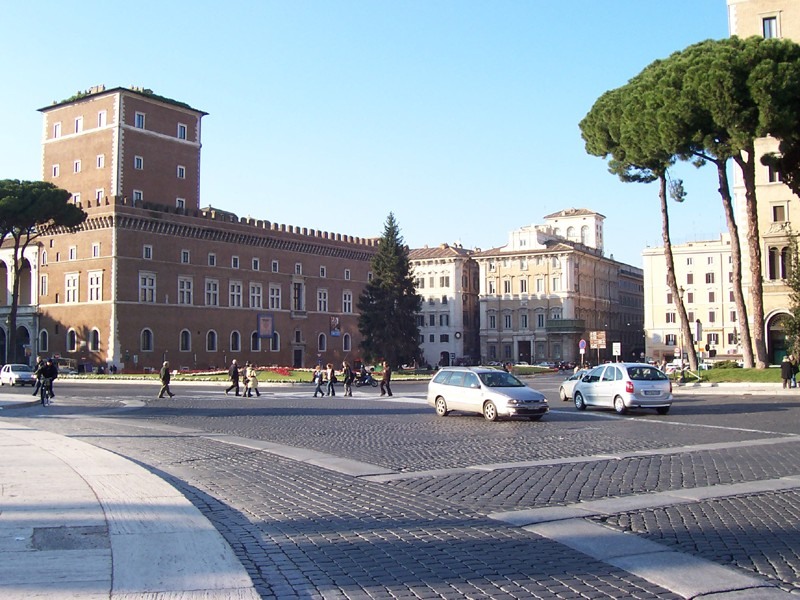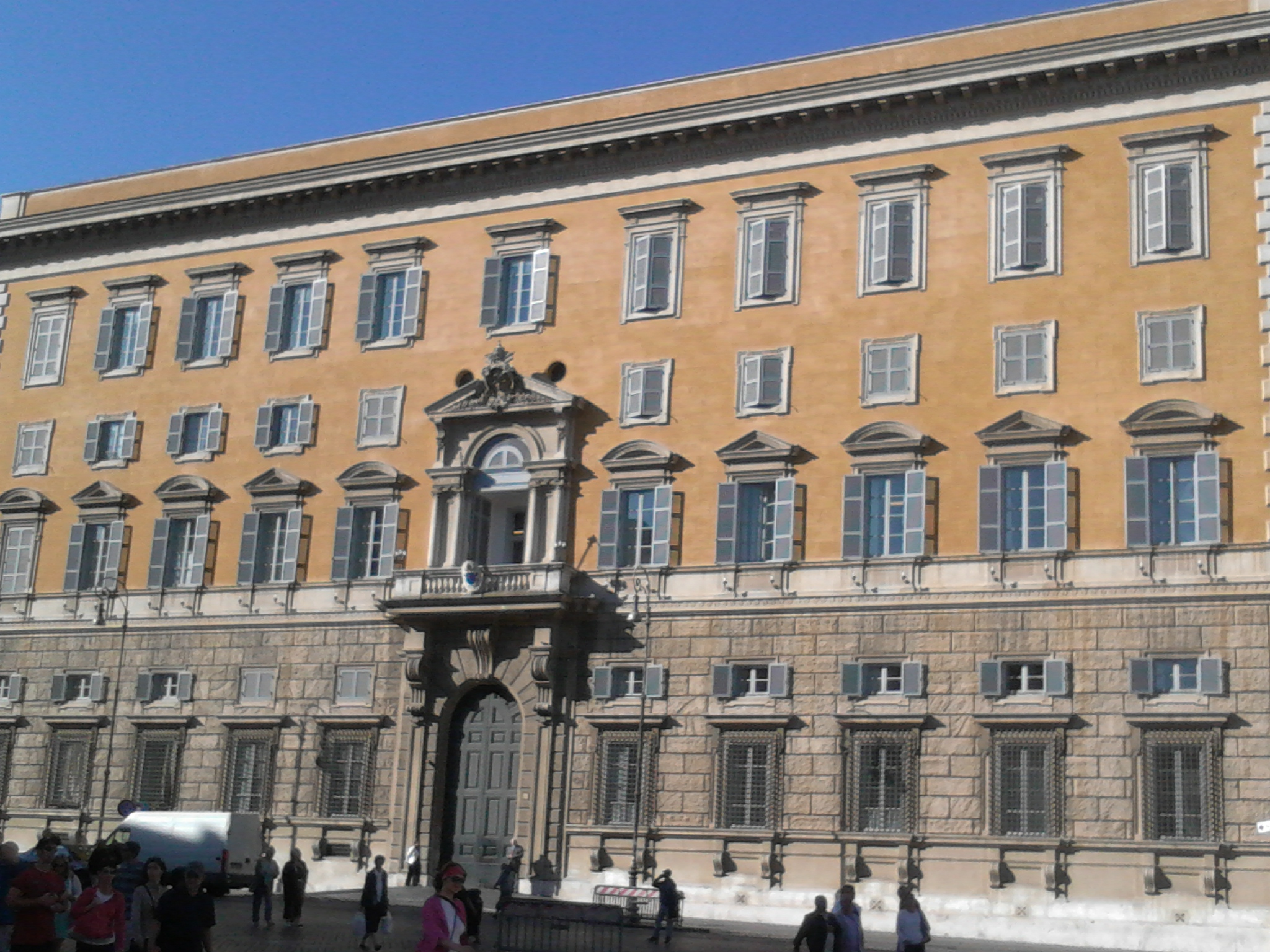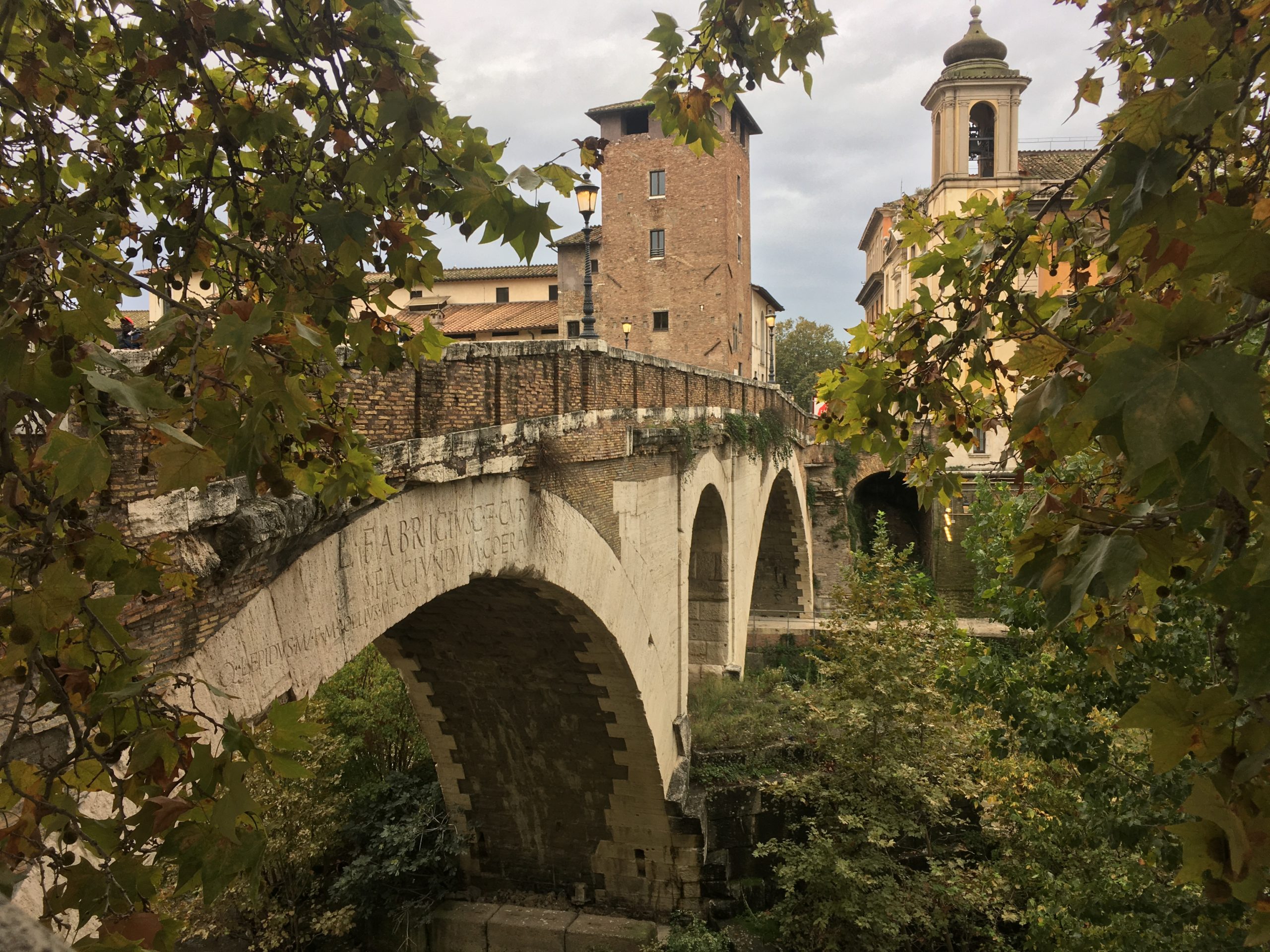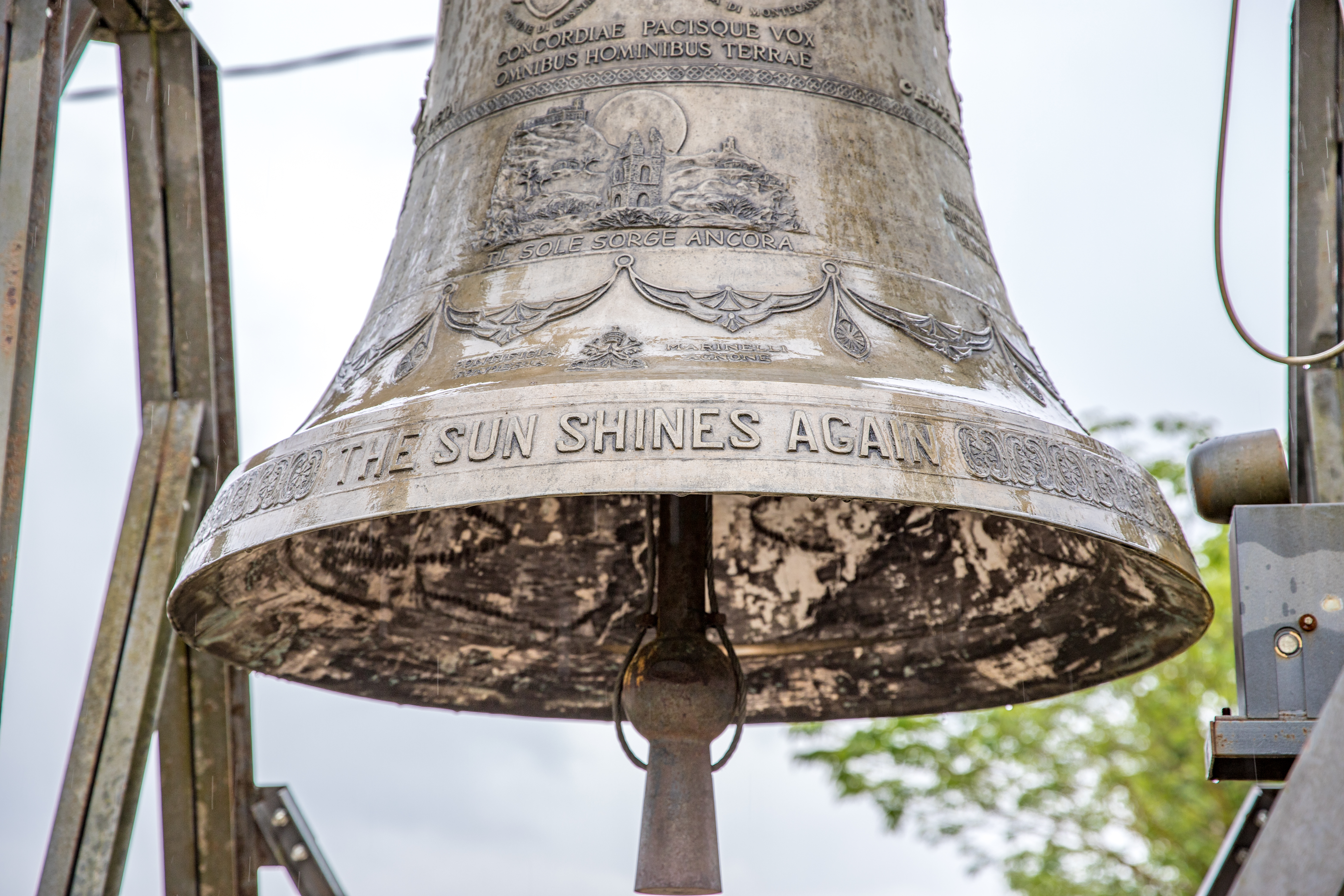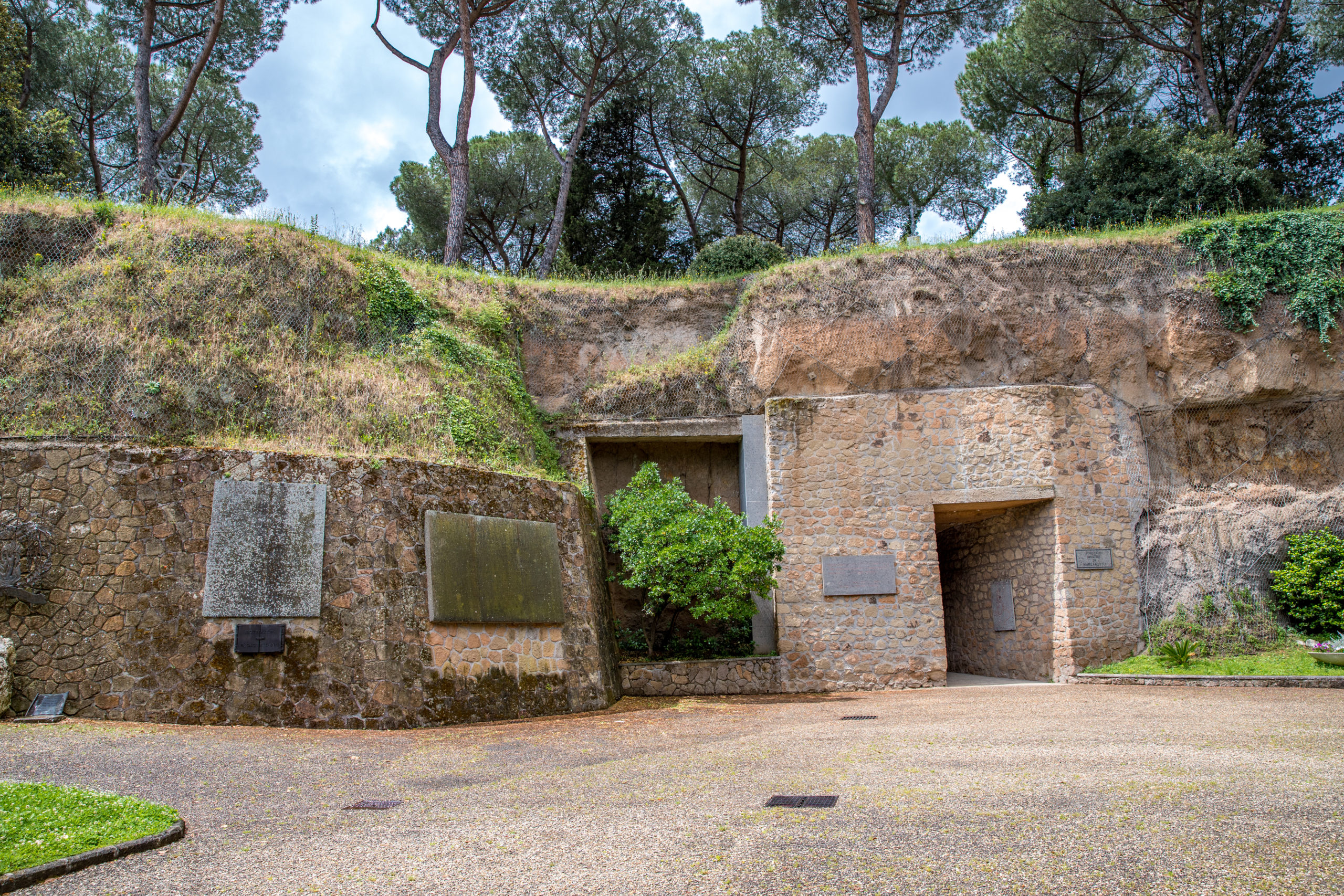The ‘Eifel’ region is located at the western German border and used to be known as the poorhouse of the Prussian Rhineland. In this region, a railway system was established in 1882. The following decades the railroad became important for the population and the coal and ore industry but was also used by the military. The railroad, which is at the heart of the tour, has been strongly influenced by the two world wars and the changing borders that followed. The tour will move from Aachen to Schengen, crossing the border many times during the tour. The world wars will be the main topic of the tour. The history will be explained, for example, in city tours, by visiting bunkers or even in literary excursions.
Aachen | History of the border triangle | The ‘dragon teeth’ at the ‘Siegfried line’ | Raeren train station | Hürtgen Forest
Day 2Hürtgen Forest | Using the historic-literary hiking trails (‘Siegfried-Line-Trail’, ‘Kall-Trail’ and ‘Ochsenkopf-Trail’) | Explaining the ‘Battle of the Hürtgen Forest’ and its processing on the historic-literary hiking trails | Guided city tour in Monschau | Vennbahn
Day 3Cycling towards St. Vith | The situation at the border in Kalterherberg – Küchelscheid | The history of the village of Sourbrodt | Military relevance of the old viaduct in Born | Excursion: City tour with the focus on the Vennbahn and the destruction during the ‘Battle of the Bulge’ in the Second World War | Museum Old Train Station
Day 4Cycling towards Troisvierges/Ufflingen and Luxembourg | Lecture: ‘Winterspelt’ by Alfred Andresch | Train transfer from Troisvierges to Ettelbrück | City tour: The history of Luxembourg and its meaning for Europe
Day 5Cycling towards Schengen | The future of the old railroad between Ellange and Remich |Museum of Europe in Schengen | Bus or train transfer

